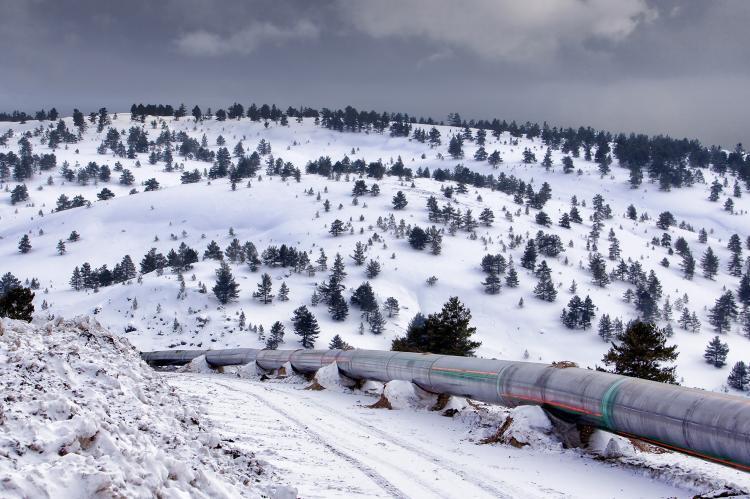The Impact Of Geohazards On The Trans Anatolian Natural Gas Pipeline Project - TANAP

The routing of a pipeline is one of the most critical but often underrated activities in establishing a pipeline and has a direct impact on all aspects of building the pipeline – design, construction, operation, maintenance and most importantly on the overall cost of the pipeline.
A key element which governed the route and design of the Trans Anatolian Gas Pipeline Project (TANAP) were geohazards. Geohazards pose major risks for pipeline infrastruc ture if not identified in early stages of a project. Early identification of natural hazards leads to optimized op erability and minimized maintenance costs and thus is a con - siderable benefit for clients in technical and economic terms.
Landslides, seismically induced hazards such as active faults, liquefaction, lateral spreading, slope and river erosion, scour and karst areas did play a major role for pipeline routing, design and construction and will play likewise in the future during the operation phase of TANAP. Therefore a detailed multi staged assessment was performed to identify the various geohazards, to adopt appropriate mitigation measures where required and to minimize the remaining risks to an acceptable level. In general, the main rationale of the pipeline routing was the avoidance of geohazards by taking constructability and other constraints into account. If this was not practicably feasible, mitigation measures in accordance with international best practices were implemented.
